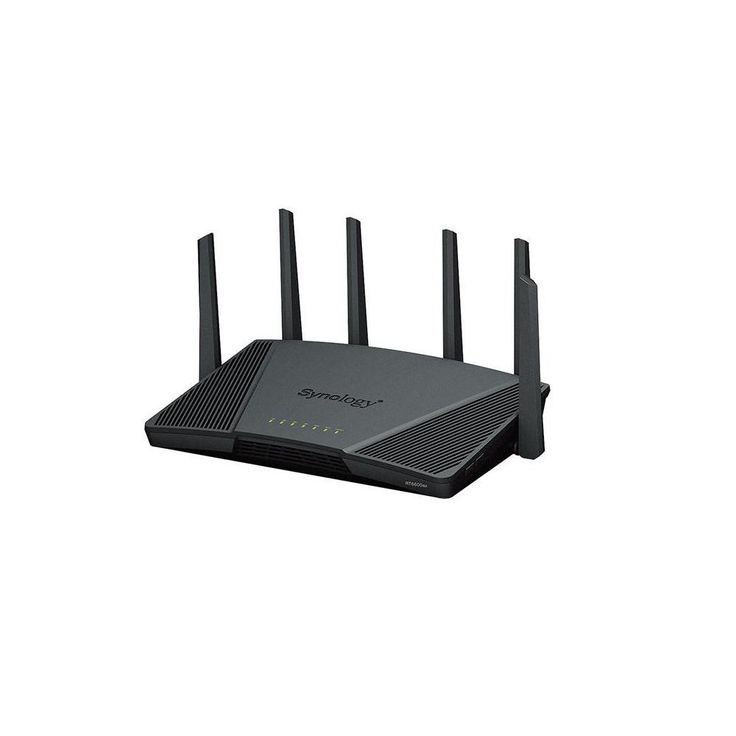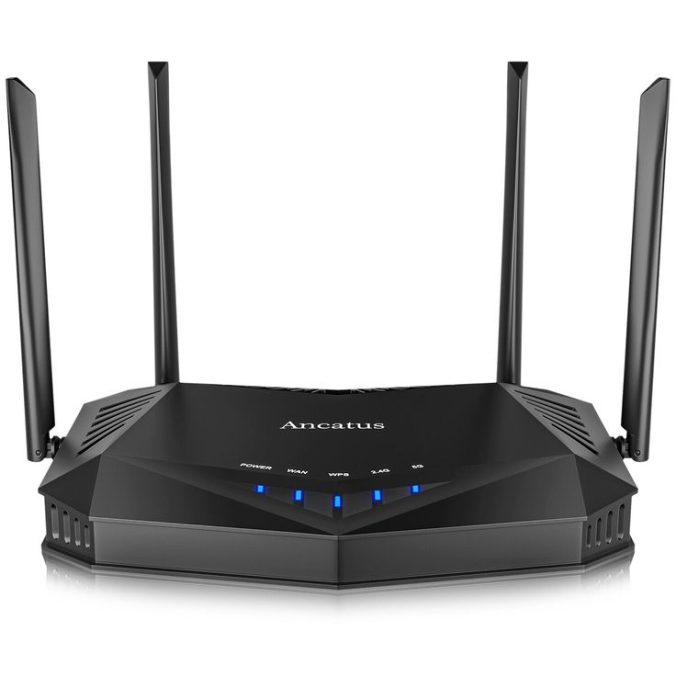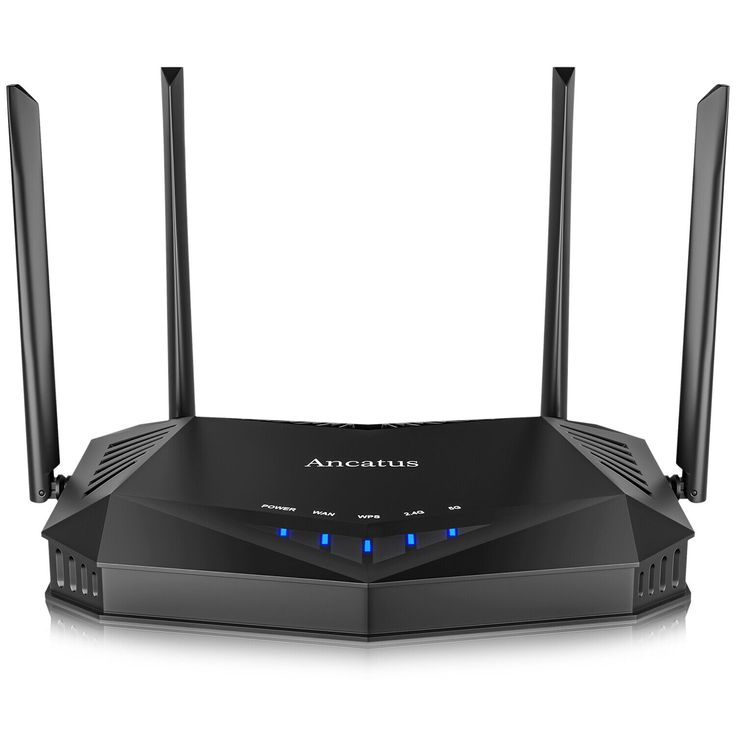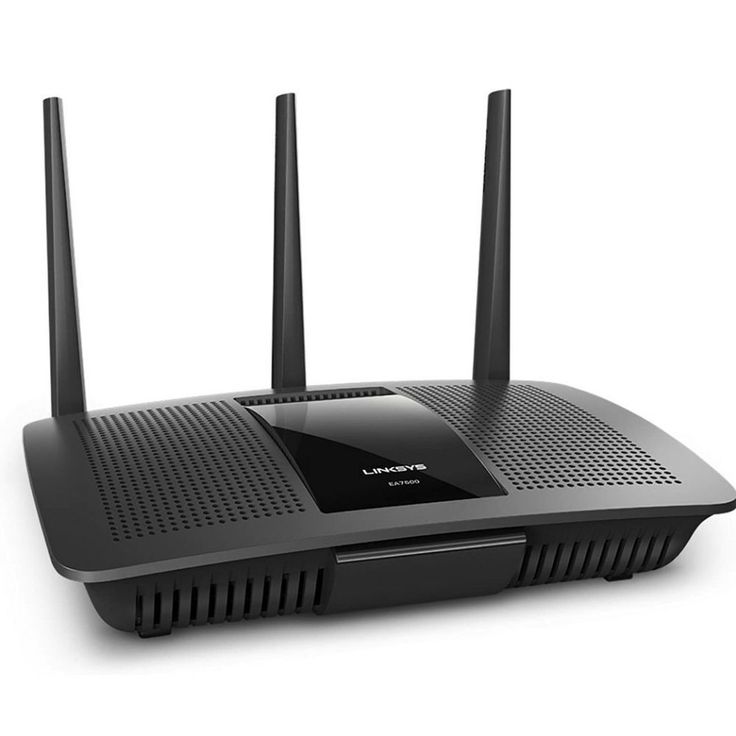Assessing Your Home Network Needs
Before diving into build your own router, evaluate your specific network needs. Start by considering the number of devices connected to your network. These could include computers, smartphones, smart home devices, and gaming consoles. Next, think about the activities these devices perform. Are you streaming 4K videos, or just surfing the web? Do you work from home and require a stable, strong connection for video conferencing?

The speed of your current internet plan is crucial too. If you have a gigabit internet service, your router should handle these speeds, especially with security features active. Remember the frustration of the blogger who couldn’t get more than 118Mbps out of a 1Gbps service? You want to avoid that.
Consider also the layout of your home. Larger homes may need more powerful routers or additional access points to cover dead spots. If you’re keen on home automation, think about the security of your IoT devices. VLANs and separate networks for guests and IoT devices can add layers of protection.
Finally, assess your comfort with technology. Do you enjoy tackling tech challenges and learning new things, like the author who found joy in complexity? Or do you prefer something straightforward and easy to manage?
Identifying these factors will help you decide whether a custom router is right for your home, and what features it must have to meet your demands.
Comparing Pre-Built vs Custom Router Solutions
When considering whether to buy a pre-built router or build your own, compare the two options. Pre-built routers offer convenience and immediate use out of the box. They come with a set of standard features suitable for general needs. Yet, they may lack the versatility and deep customization options that tech enthusiasts crave. Budget-wise, they can be more cost-effective up front. Still, you might trade off performance and future-proofing.
Building a custom router presents a different set of benefits and challenges. The level of control over every aspect is the main advantage. You choose your hardware and software, tailoring the system to your precise needs. For learning and flexibility, this option wins. However, it requires a higher level of tech savvy and initial time investment. Cost-wise, it could be more once you factor in high-quality components.
Custom solutions also score high on security. They allow for complex configurations, like VLANs and stronger firewalls. This makes them a strong choice for smart homes. Speed-wise, your build can surpass most store-bought routers if assembled correctly. This ensures you’re getting the most from your internet service.
In conclusion, choose pre-built for ease and immediate use. Opt for a custom router if you value control, security, and performance. Your choice depends on your expertise, budget, and the specific demands of your home network.
Essential Components for Building a Custom Router
To create a custom router that meets all your needs, you must select the right components.
Selecting a SFF Computer
A Small Form Factor (SFF) computer is key for your custom router. Look for these features:
- Fanless design to reduce noise and enhance reliability.
- Multiple Network Interface Card (NIC) slots for versatility.
- Enough processing power to handle your network traffic without bottlenecks.
- Proximity in size to standard routers for easy placement.
Ensure the SFF computer has a solid-state drive (SSD) for quick data access. RAM should be sufficient for running the routing software smoothly. Also, consider power efficiency as it will be on 24/7.
Choosing the Right Network Interface Card (NIC)
NICs are crucial as they connect your router to the network. Consider the following when choosing a NIC:
- Compatibility with your chosen SFF and software.
- Quality from reliable brands like Intel to ensure stable connections.
- The number of ports depending on the size of your network.
- Support for high speeds if you have gigabit internet.
Remember, a high-quality NIC can help achieve the desired speeds and reliable connectivity for your home network.
Selecting Router Software: Open Source vs Proprietary
When building your own router, the choice of software is crucial. You’ll find two main types: open source and proprietary. Open source software, like pfSense, OPNsense, and OpenWRT, is free and customizable. Proprietary software, on the other hand, often comes at a cost but can offer dedicated support and unique features. The decision hinges on whether you prioritize customization or convenience.
Getting Started with pfSense
Getting started with pfSense, a popular open source router software, requires some prep. First, verify your hardware meets pfSense requirements. Download the software from the pfSense website. Burn the installation image to a USB stick or CD. Follow the installation guide to set up pfSense on your SFF computer. After installation, access the web interface to configure the network settings.
Exploring Other Software Options like OPNsense and OpenWRT
Besides pfSense, other open source options exist. OPNsense is a fork of pfSense that offers a user-friendly web interface and focuses on security. Meanwhile, OpenWRT is ideal if you need more control over your router’s features. It is highly versatile and runs well on various devices. Choose based on which interface you prefer and the specific features you need.
Step-by-Step Guide to Assembling Your Custom Router
Building your own router can be both rewarding and challenging. To start, gather all the components described in previous sections. Then, use this guide to assemble and configure your custom router.
Installation of the Router Operating System
For the installation, you’ll need your SFF computer and installation media (USB stick with software image).
- Insert the USB stick with the pfSense software image into the SFF computer.
- Boot the computer from the USB stick. This process might require altering the boot sequence in the BIOS settings.
- Follow the on-screen prompts to install the router software. Choose the right disk to install the software and proceed.
- Remove the installation media after the process completes and reboot your system.
The operating system should now be installed. You’ll configure it through its web interface next.
Configuring Basic Settings and Network Management
Now that the software is installed, it’s time to set up your network.
- Connect a device to your SFF computer via the LAN port to access the router’s web interface.
- Open a web browser and enter the default IP address for pfSense or the software you installed.
- The initial setup wizard will launch. Set your time zone, WAN connection type, and LAN IP address.
- Create passwords for admin access to prevent unauthorized changes.
- Set up your DHCP server to assign IP addresses to devices on your network.
- If required, configure VLANs to segment and secure your network further.
Follow these steps carefully to ensure a stable and secure network. Now, you’ve built your own router.
Advantages of a DIY Router: Performance and Customization
Building your own router comes with clear benefits, particularly regarding performance and customization. Let’s explore these advantages to understand why a DIY approach can be superior to off-the-shelf options.
Enhanced Performance
Custom-built routers shine when it comes to performance. Since you select the components, you can ensure they are powerful enough to handle high-speed internet and heavy network traffic. A bespoke router can reliably manage gigabit speeds with ease, avoiding the bottlenecking issues that plague some commercial routers.
Incorporating a robust SFF computer and a high-quality NIC positions your router to deliver consistent, high-performance networking. This means smoother streaming, better gaming, and efficient home office setups.
Tailored Customization
Customization is another huge perk. With open-source software like pfSense, you’re not locked into the features and limitations of a pre-built router. You can fine-tune settings and add functionalities to match your needs exactly.
From advanced security settings to intricate network management, you can create a system that adheres to your specific preferences. Whether that entails setting up multiple VLANs for enhanced security or installing a VPN for remote access, you’re in control.
Moreover, as new needs arise or technology evolves, you can adapt your router without waiting for manufacturer updates. This flexibility ensures your router remains current and effective.
In conclusion, if you prioritize performance and want to tailor your home network to your exact requirements, building your own router is a pursuit worth considering.
Future-Proofing Your Network with Expandability Options
Building your own router comes with a significant perk: expandability. Unlike most off-the-shelf routers, a DIY router can evolve with your network’s growing demands. This means, as your internet needs change or new technologies emerge, you won’t be stuck with outdated equipment.
- Easy Upgrades: With a custom router, upgrading the hardware is straightforward. You can swap out old components for newer ones as better technology becomes available.
- Modular Design: Opt for a modular SFF computer that allows for easy component additions. You may start with what you need today, knowing you can add RAM, storage, or NICs tomorrow.
- Software Scalability: Open-source software like pfSense is frequently updated. You can add new features or update existing ones without waiting for a manufacturer.
- Additional Network Services: If you want to add services like a VPN, network monitoring, or advanced QoS, you can do so. Your custom router’s software should support these additions without the need for new hardware.
- Performance Tuning: As your network grows, you can fine-tune performance settings. This helps maintain optimal speeds and reliability.
Building your own router ensures that your home network stays ahead of the curve. It adapts as necessary, providing a future-proof solution to home networking. This approach saves you from frequent replacements and offers a long-term, cost-effective strategy. Go for a DIY router if you want a setup that grows with your tech life.



Leave a Reply